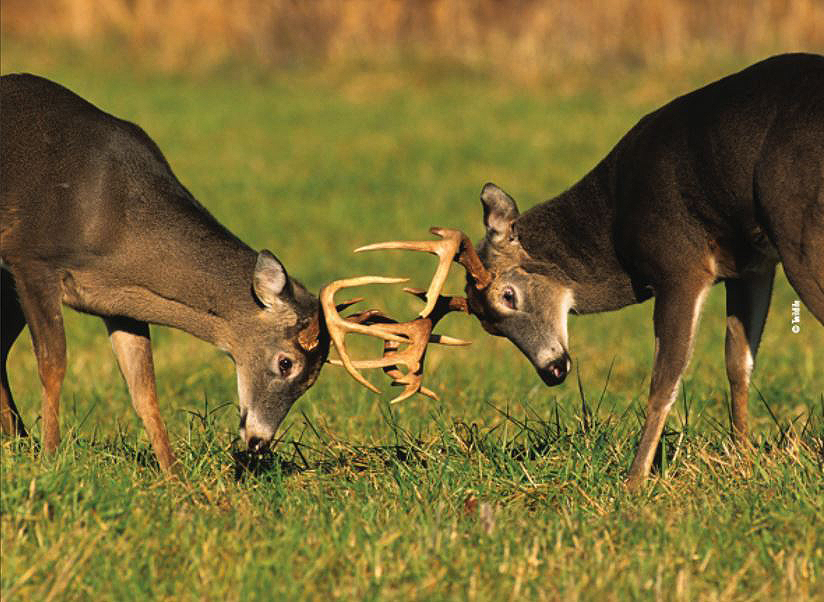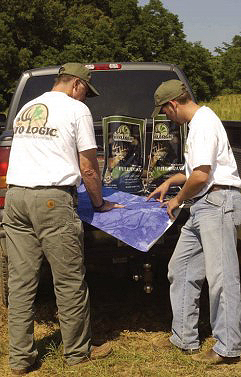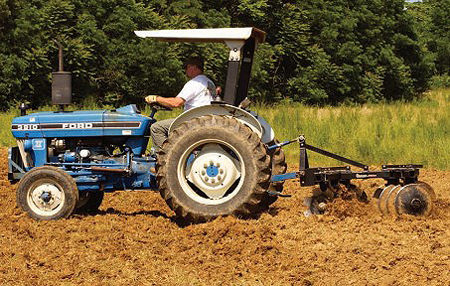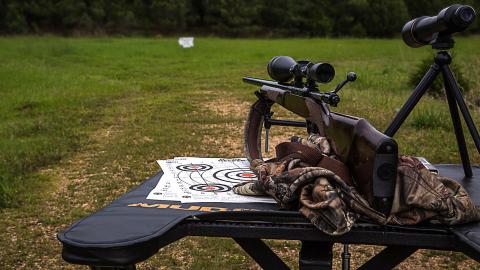Andrew Walters | Originally published in GameKeepers: Farming for Wildlife Magazine. To subscribe, click here.

Before you can do something successfully you must first learn the basics. Prior to taking your first squirrel, skinning a deer, or loading a gun, whether it was discovered in a textbook or physically shown to you by someone in person, you had to be taught how to do it. To say that education is a critical key to success is an understatement, especially when it comes to managing land for various types of wildlife. As a gamekeeper, we understand the importance of proper game management, but many do not. Working with these people and teaching them or learning together is the best process to accomplish these goals for most people. Why not consider establishing a deer hunting cooperative?
What is a Cooperative?
A cooperative is a group of landowners that work together to better achieve their hunting and management goals. Incredible results can easily be accomplished on multiple properties when hunters cooperate, stop trying to shoot “their” deer before their neighbor does, and focus on the main goals of deer management - letting young bucks walk, improving the habitat, and maintaining a balanced herd. Working with your neighbors gives all involved great advantages you wouldn’t normally have if everyone worked individually. Any sized parcel of land can be effectively managed, but the larger the better.
When trying to convince participants, first, clarify the basics of Quality Deer Management (QDM). Explaining how "the forested habitat can be altered to better suit deer and other wildlife," and "how a balanced herd is a healthy herd" is a great “ice breaker.” Suppose you don’t know much about QDM, this would be a great opportunity to establish or join a cooperative to help you minimize the learning curve.
Easy Does It

cooperative communicate their
personal goals so that the goals
and plans for the cooperative can
be decided by all.
Cooperatives are voluntary; therefore if you force this on another hunter, it likely won’t work out. Trying to convince other hunters which bucks to let walk is a slippery slope. You must try to educate them, so they can make the correct decisions on their own. Fortunately, most do agree with increasing antlerless deer harvest; therefore, this is a more favorable starting point. A mutual decision can be made about buck age requirements later. You will achieve little to no success if you come out of the gate trying to force your opinions onto another hunter.
Most gamekeepers know when it comes to harvest requirements it’s better to age deer on the hoof than by their headgear. If some are reluctant, I have found that beginning with a two-year-old minimum for bucks is the best way to “introduce” people to a cooperative. After a season or two, the positive results of their efforts will be obvious, and they will be more willing to let bucks reach the next age class. It’s not fair to expect a hunter who maybe hasn’t taken a buck to pass a two or three-year-old on their own land if they are hesitant to hold for older bucks.
If they are reluctant, show them trail camera pictures or bucks that others have harvested. Most of the time, showing them a photo of an average two-year-old and an average four or five-year-old is all it takes. Showing proof of success without boasting is a great way to win them over. Occasionally, it takes a season or two for them to come around. If you take a mature buck or your legal limit of does, you will have their attention, especially if they were forced to eat “tag soup” in seasons past.
Write This Down
Successful cooperatives usually have great communication and keep in touch with each other throughout the year. They also share collected data. The more data you have to analyze, the more accurate your calculations and ultimately your decisions can be. Discussing harvesting deer in a particular age class once every summer isn’t how it should work. Your knowledge of the local deer herd can increase exponentially when multiple hunters are collecting data.
Keeping accurate records is important. It only takes a few minutes to remove jawbones for aging, recording the weight, measuring the fetus within harvested does, and scoring bucks in accordance with their age class, all of which are critical aspects of data collection. Kidney indices are also a great way to estimate the health of a harvested deer by judging the amount of fat surrounding the kidney. At first, this may seem trivial but after a season or two, you will have enough data to interpret and then modify your strategies. For example, if three bucks in the 120s are harvested over the course of two years, and tooth wear reveals they are only two years old, you may choose to let bucks in that antler class walk, knowing historically they have been younger deer. If the jawbones revealed they were five years old, this tells you that’s probably the realistic top-end expectation in your particular geographic location. Of course aging bucks on the hoof and having multiple trail cam images to analyze greatly improves the likelihood of properly aging a buck, yet another incentive to working together.
A Two Way Street

create a cooperative. It could be due to lack of knowledge, land,
equipment or other resources. Pooling resources can create
greater opportunities for all involved.
A cooperative takes cooperation, right? You can’t fault anyone for taking a buck that meets the minimum requirements, even if you wouldn’t have harvested that particular deer yourself. Introducing new people into the sport is one of the most important aspects of hunting; therefore, most cooperatives have exceptions when it comes to a hunter’s first deer. Most feel that an inexperienced, or youth hunter, should be allowed to harvest any first deer without repercussions. Think of this as their get-out-of-jail-free card. Last year, I passed a deer with a speckled coat, stubby legs, a roman nose, and all the characteristics of a typical piebald. His unusual body made it hard to age him, and upon closer inspection, I discovered he was a button buck, so I opted not to take him. Maybe I should have removed him from the herd, despite his immaturity, but the thoughts of how his first set of antlers would develop along with the fact he could be an awesome first deer for a young hunter in the future convinced me to let him walk.
The Other End of the Spectrum
Unfortunately, not everyone agrees. A couple of years ago, I was discussing the idea of a cooperative with a small group of hunters. After a few minutes, I realized “it wasn’t going to happen,” so I politely thanked them for their time, and we went our separate ways. Later, these people were caught trespassing on our posted land and destroying some of my hunting blinds. Luckily, our local wildlife officer shut them down immediately. However, some hunters feel that managing a deer herd isn’t the traditional way of hunting and tend to resist anything new within the sport.
The best course when up against people like this is to lead by example. Above is a prime example of a situation that is best handled by just backing off and letting them witness your success. I doubt if this will be a problem for most, but it is something to keep in mind when reaching out. Most of all, be respectful, regardless of what they decide.




























